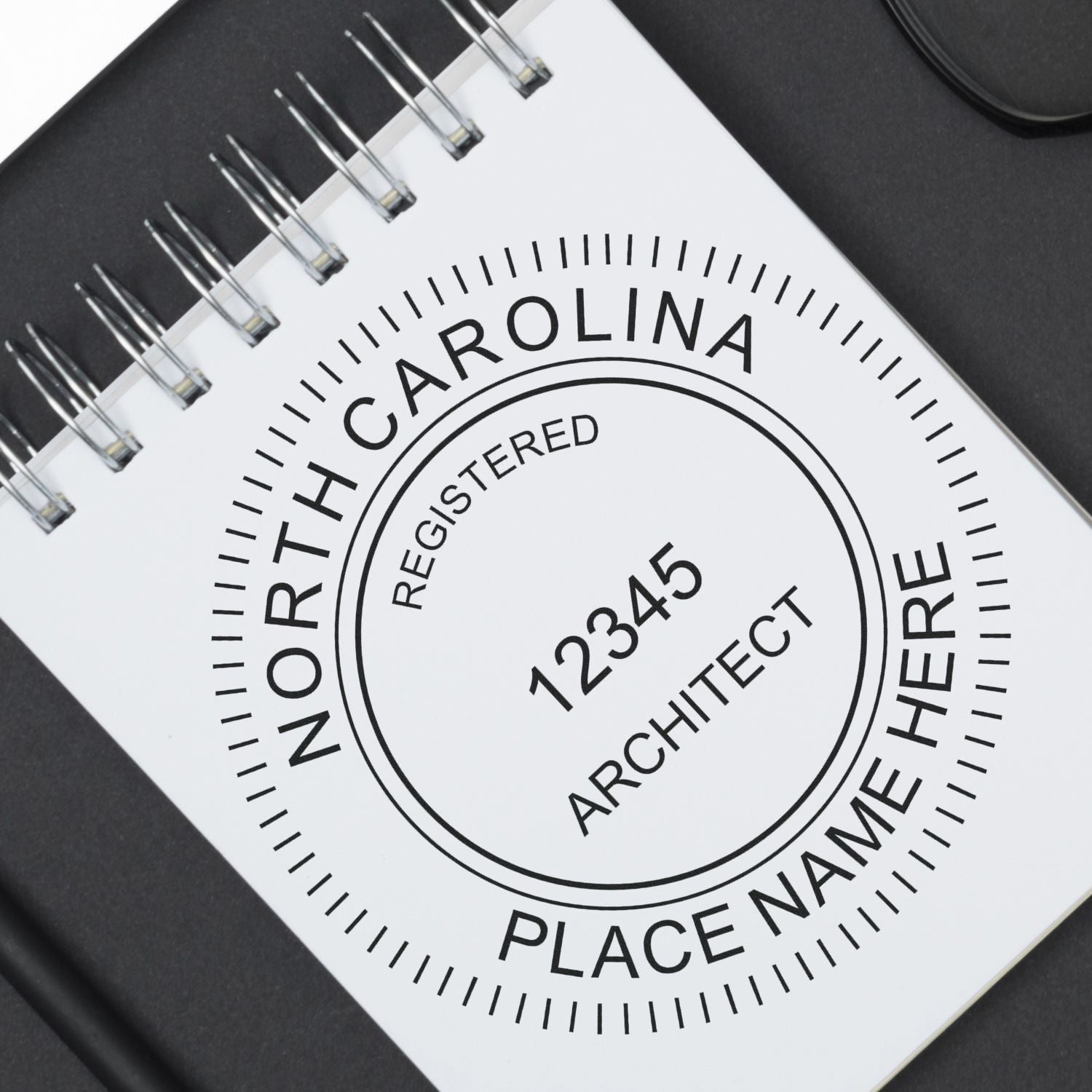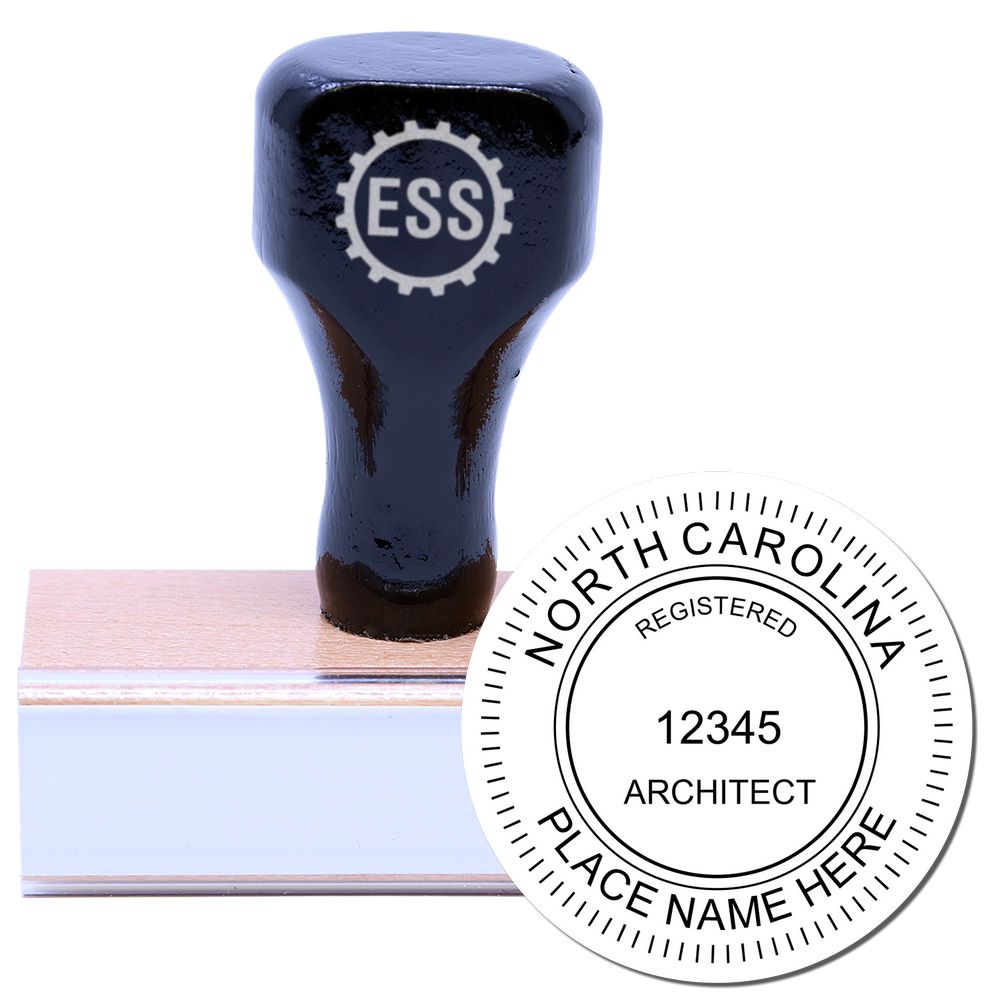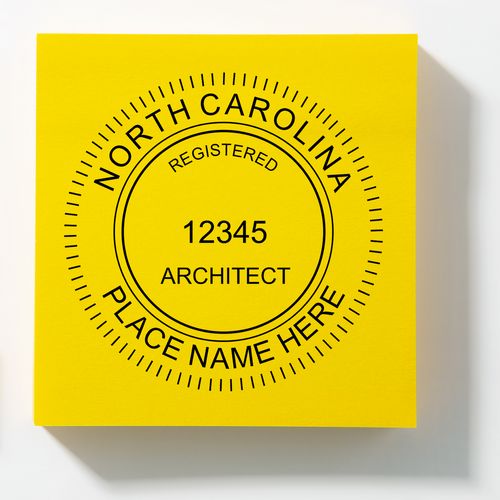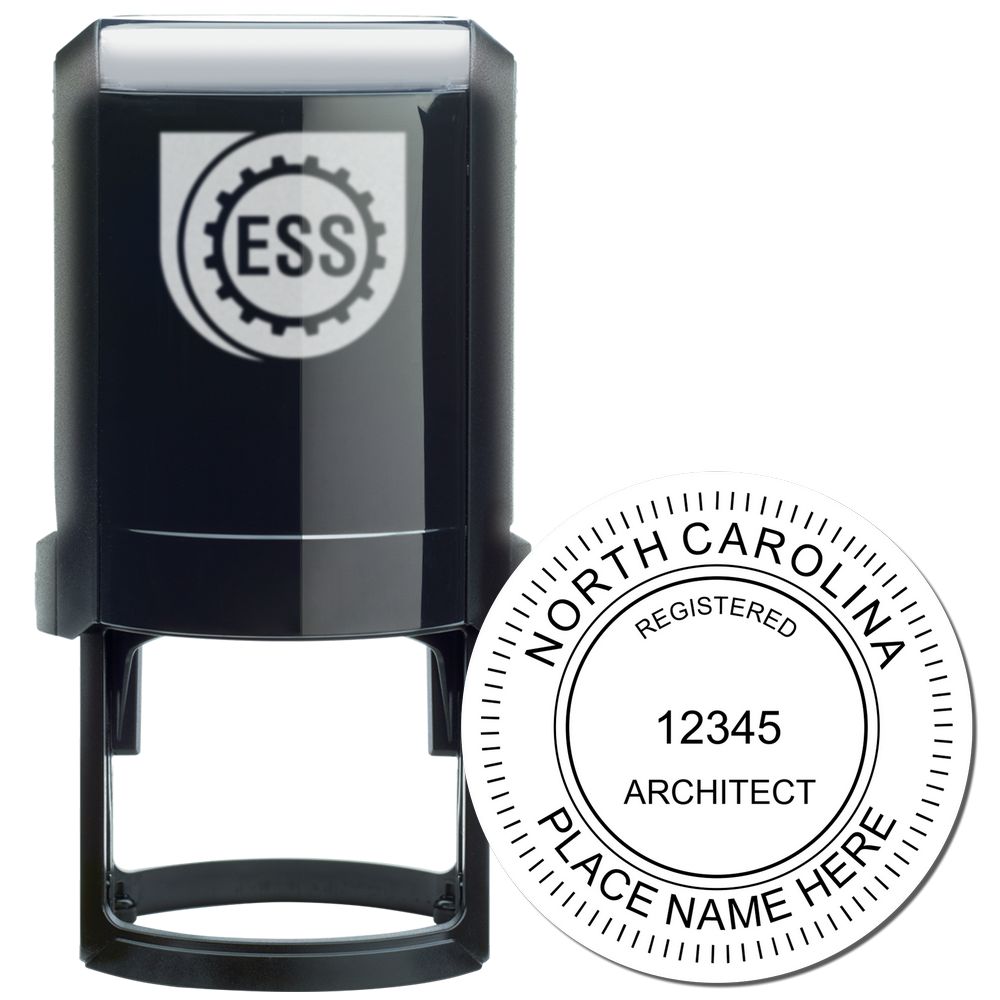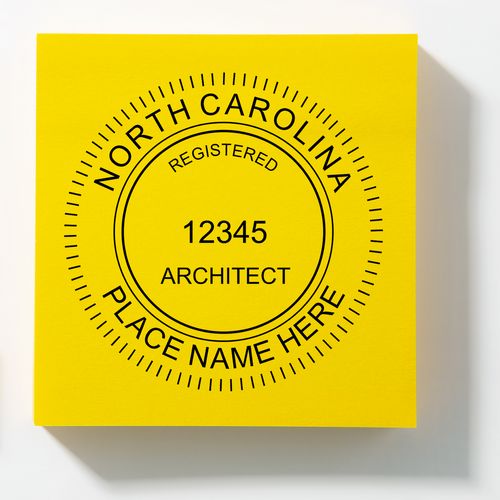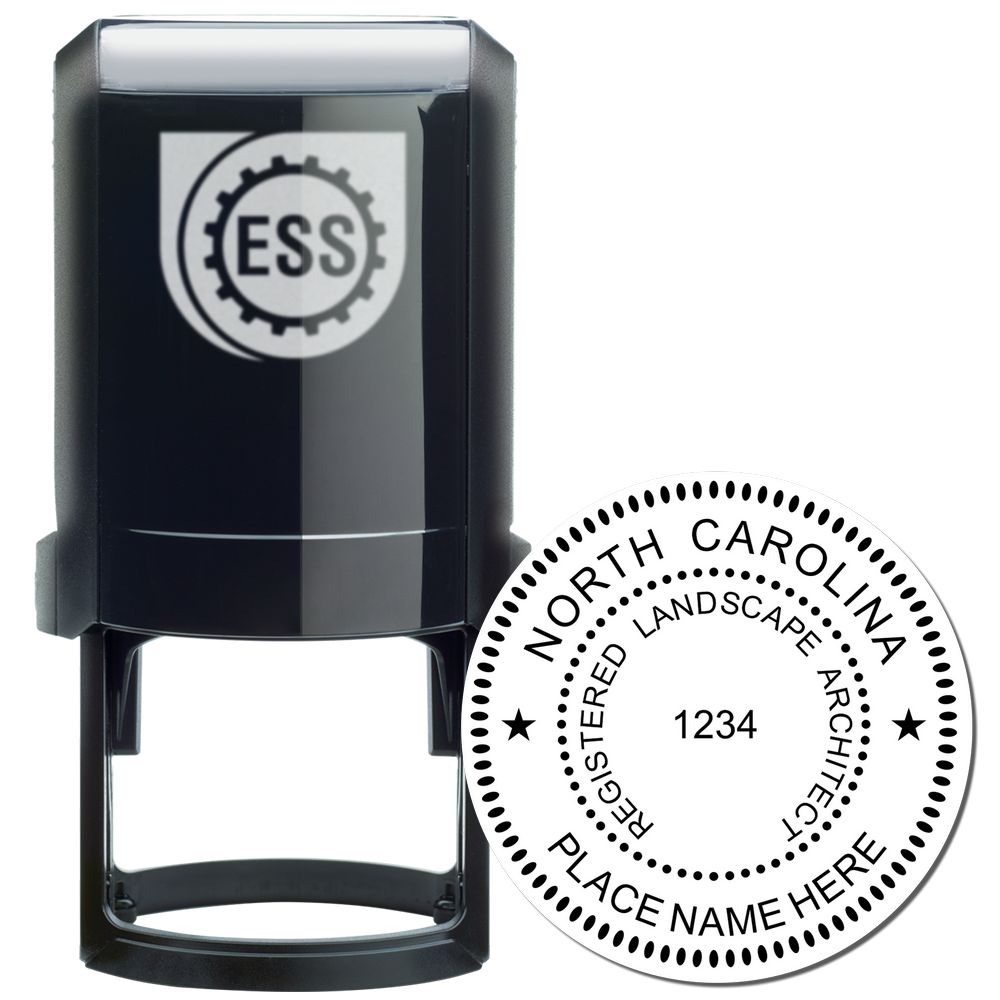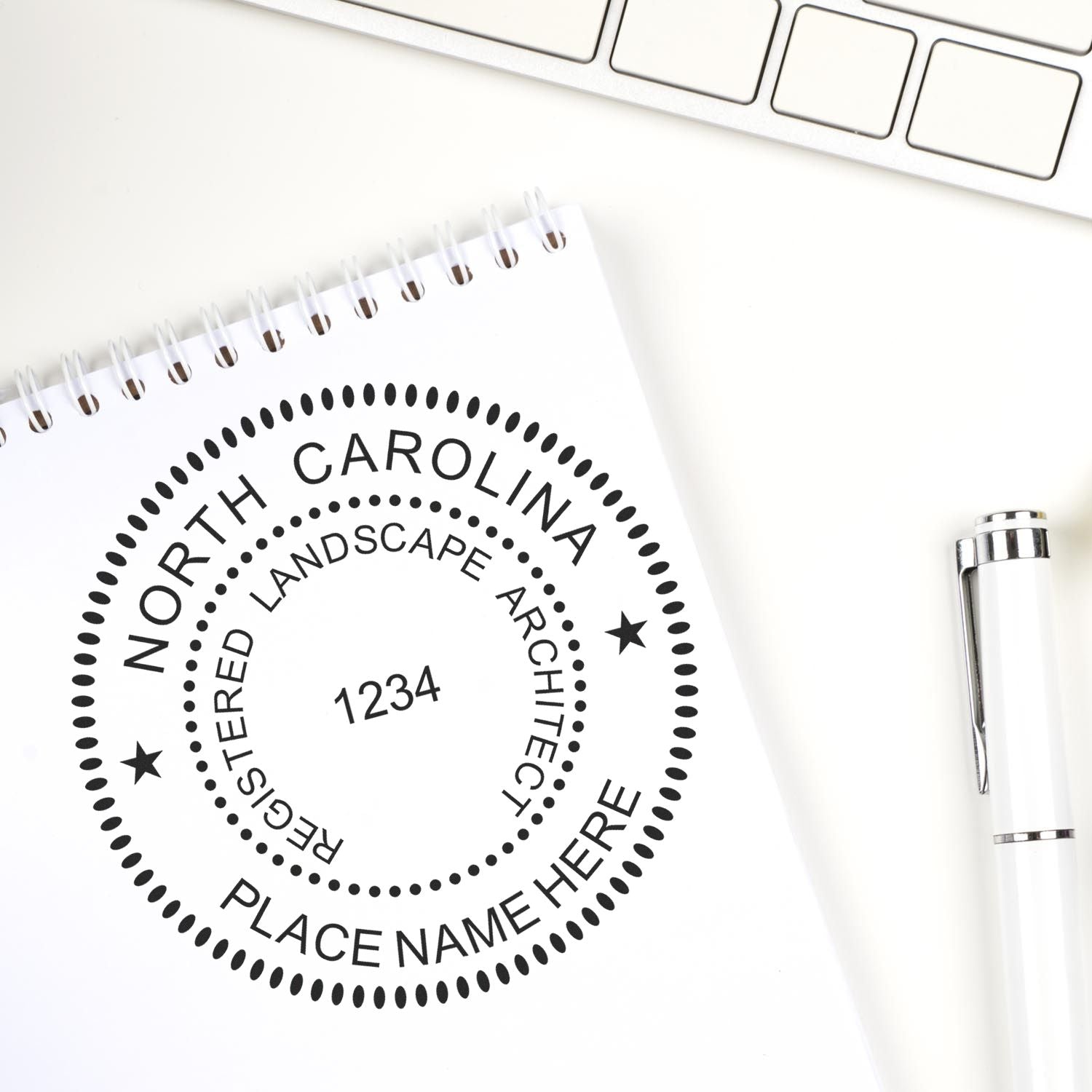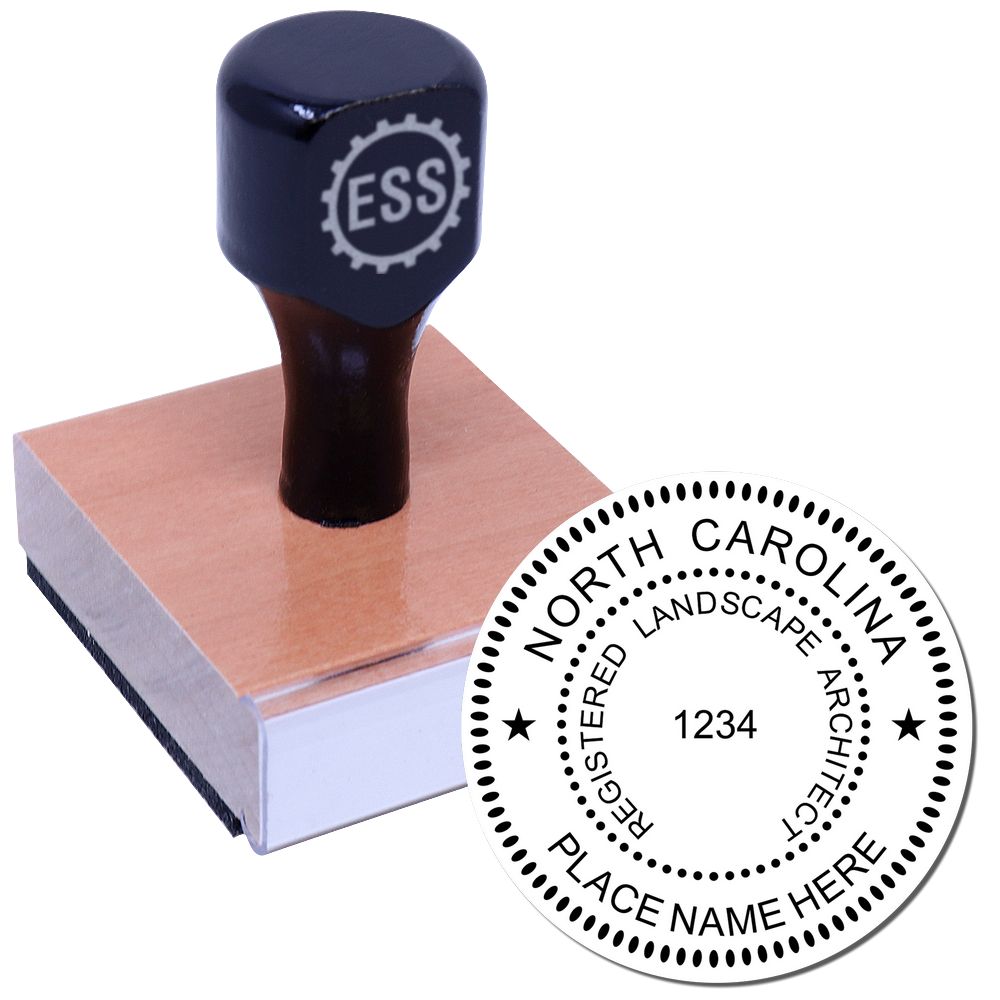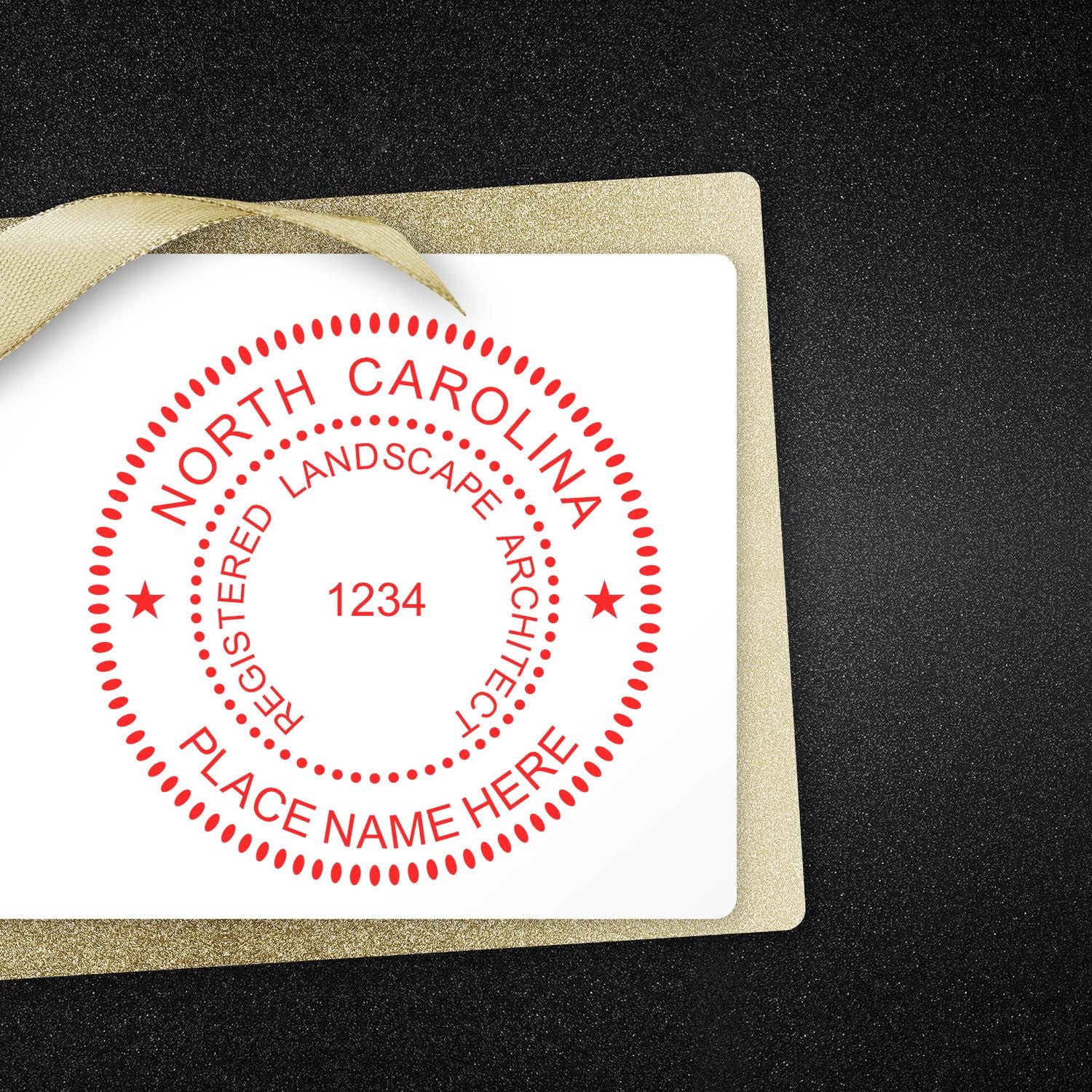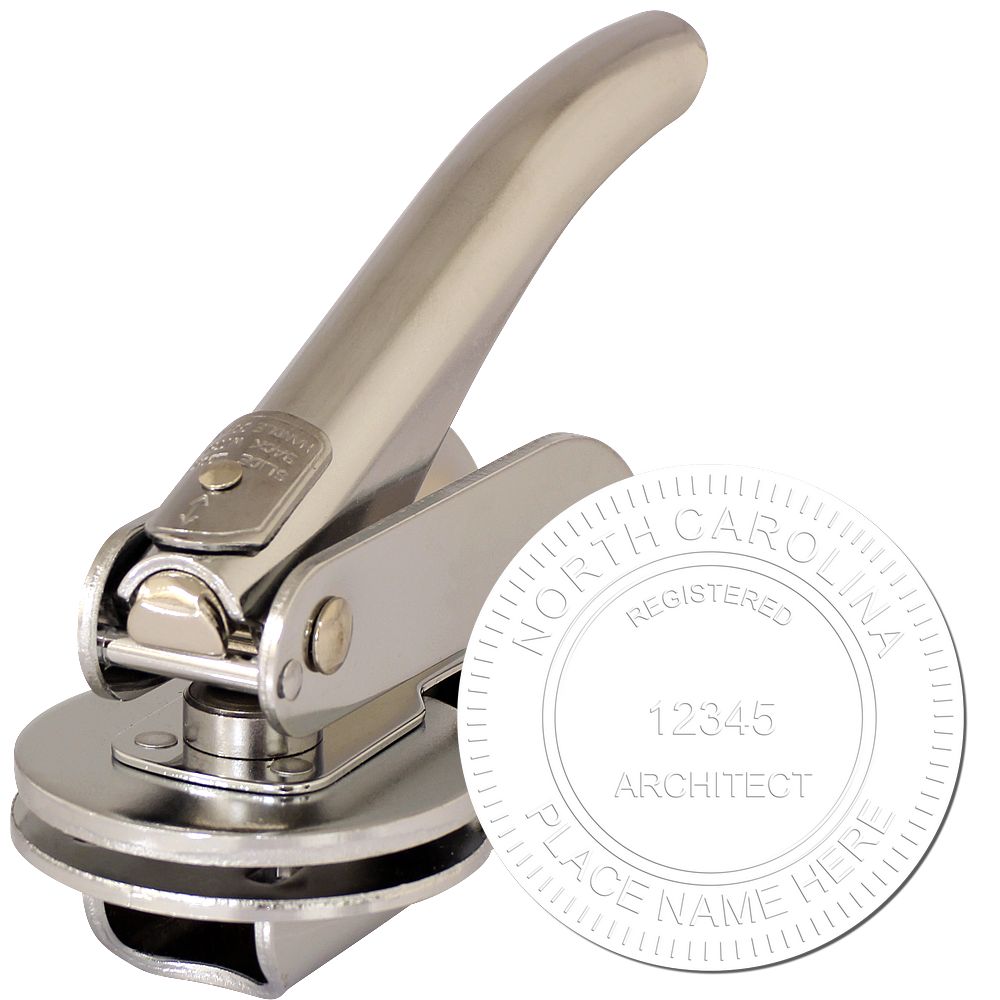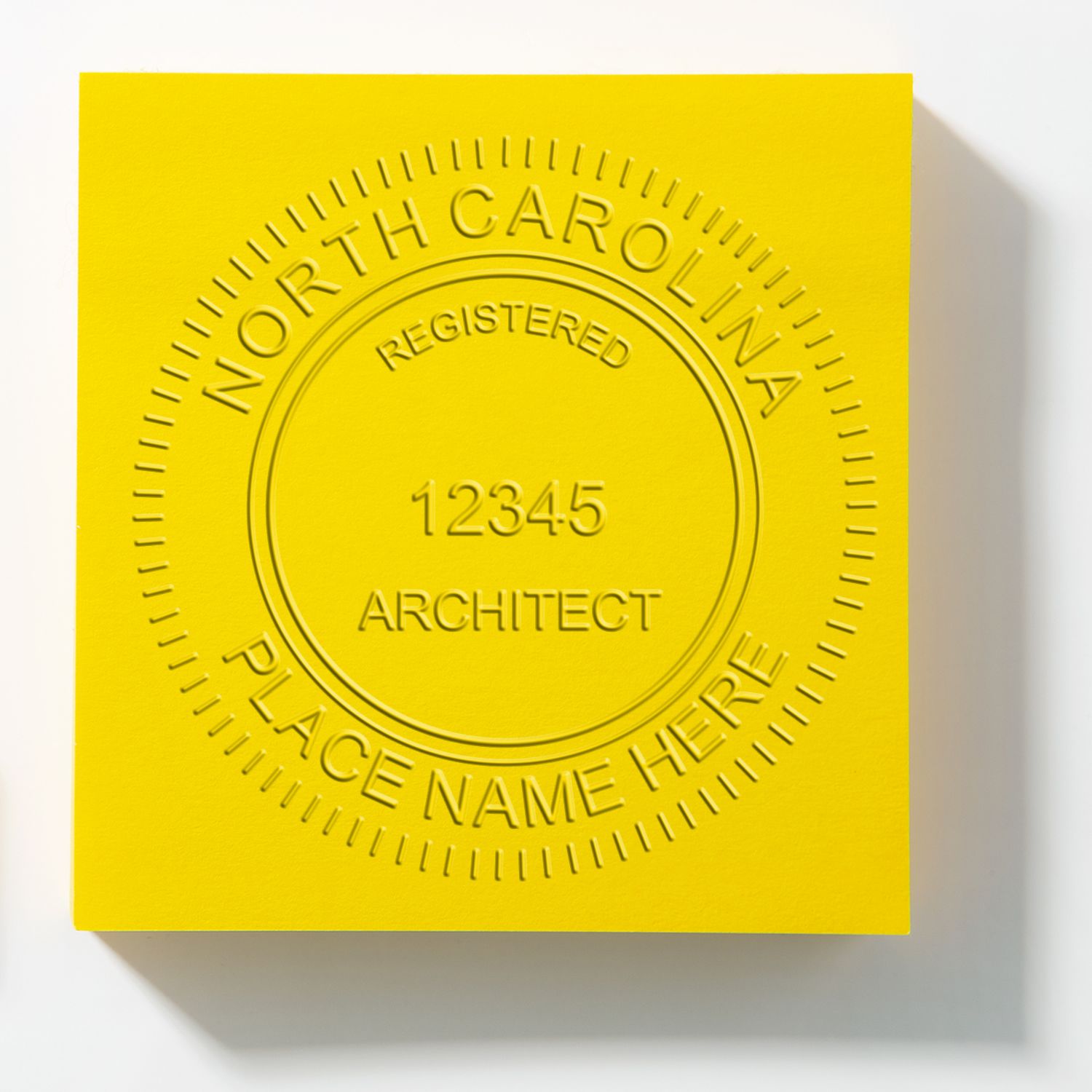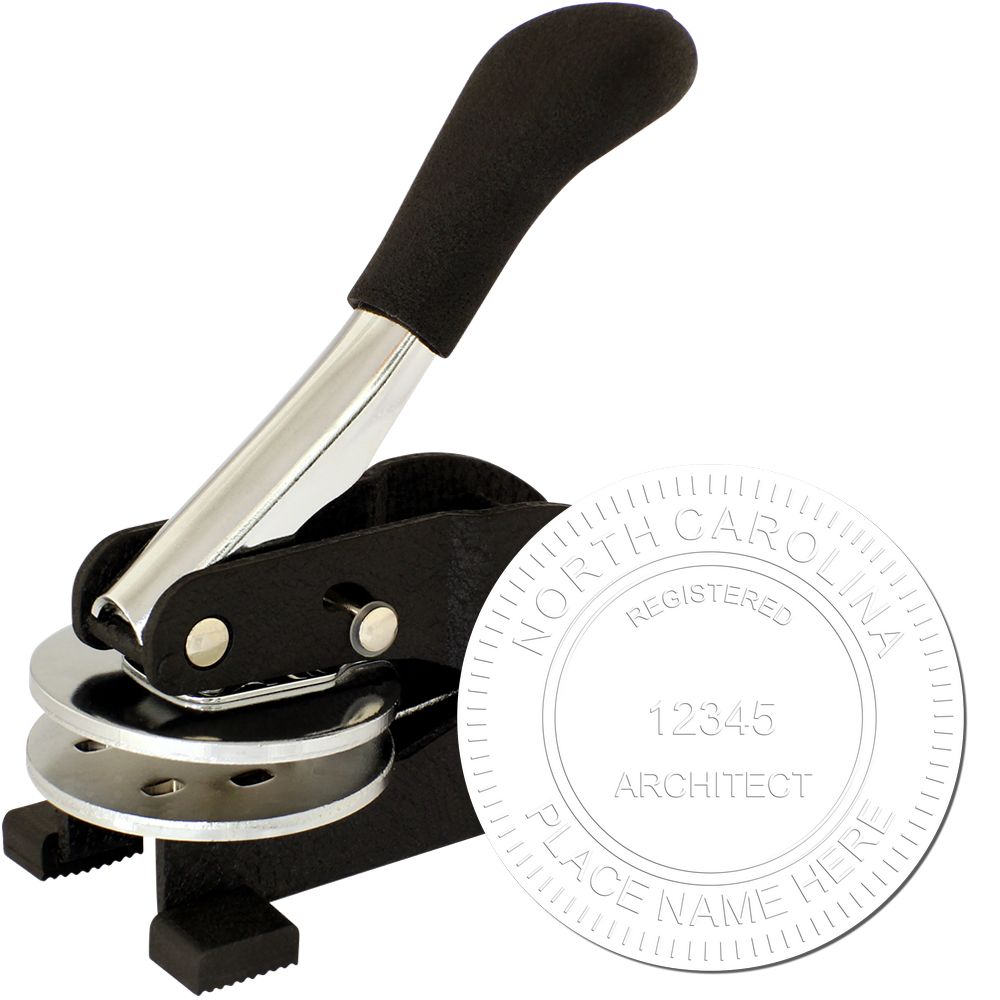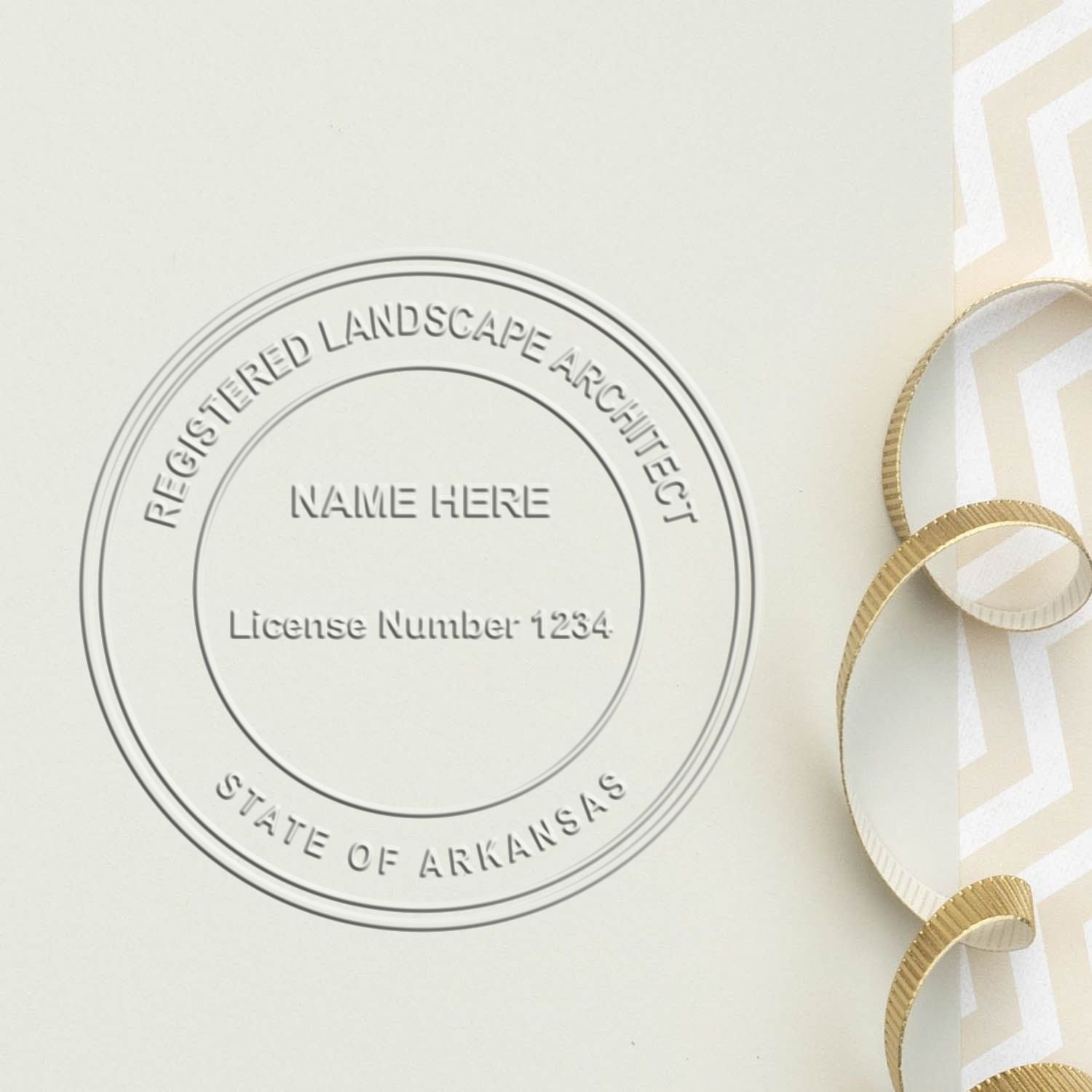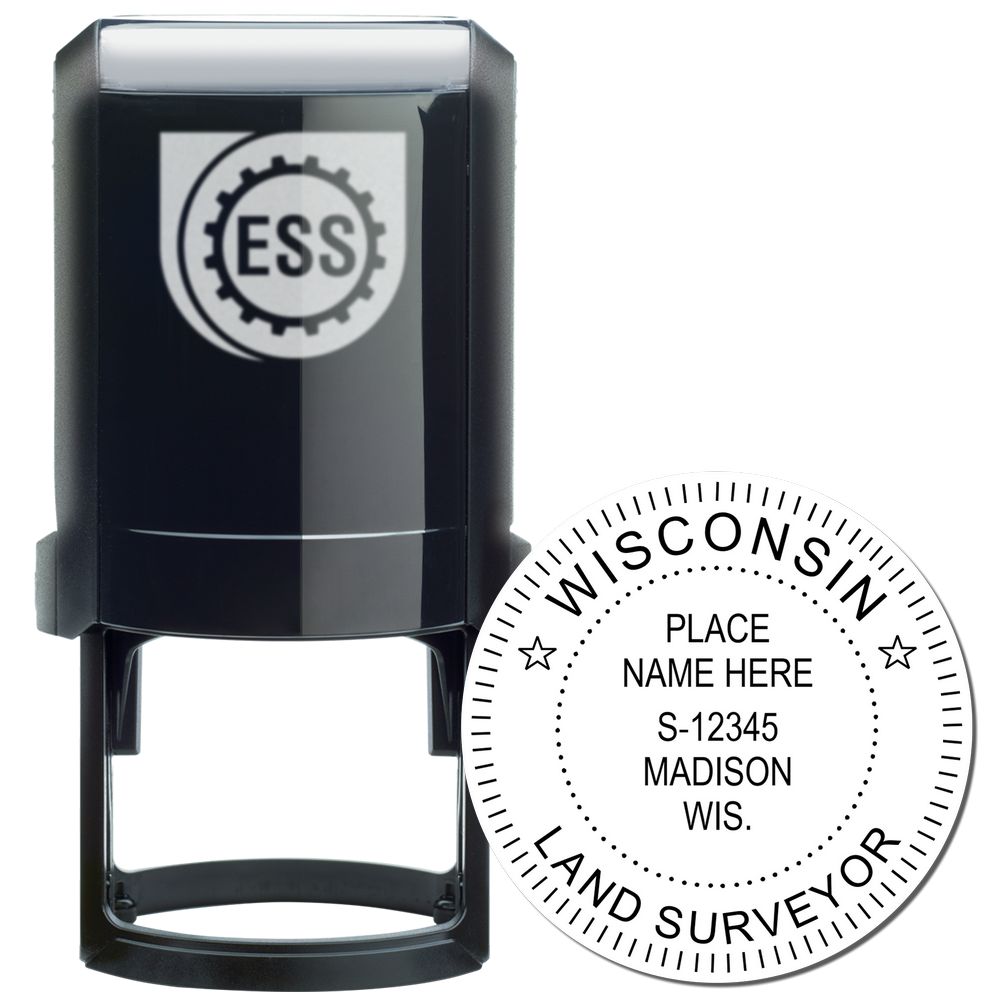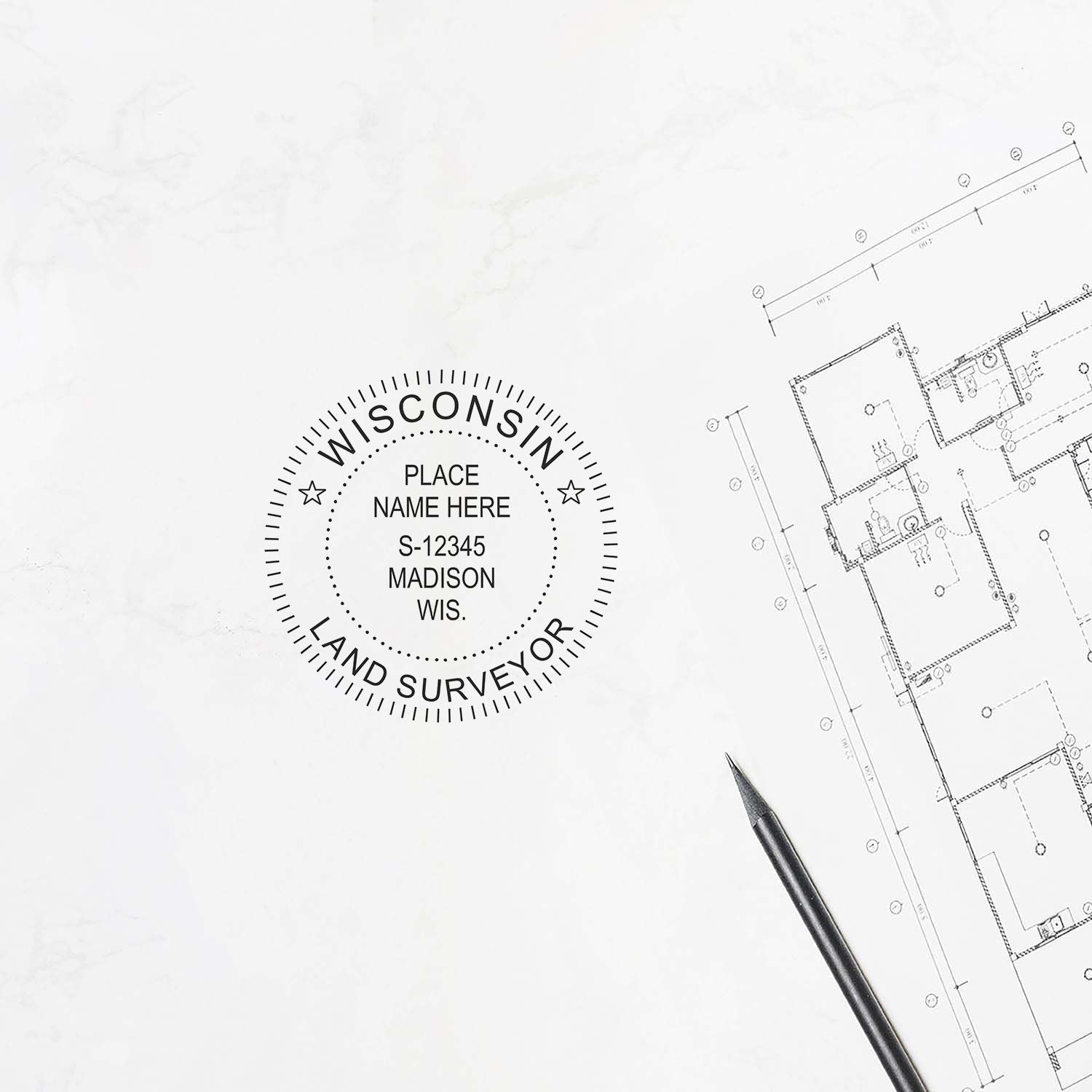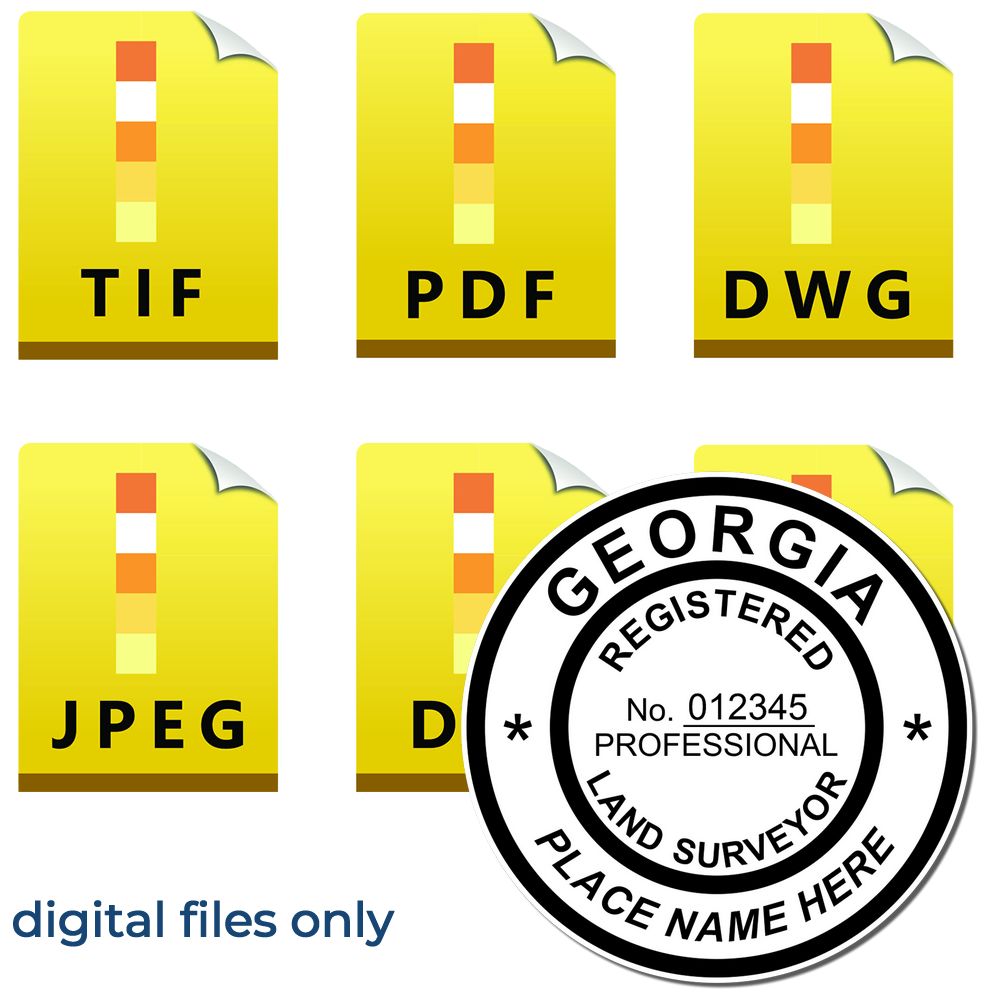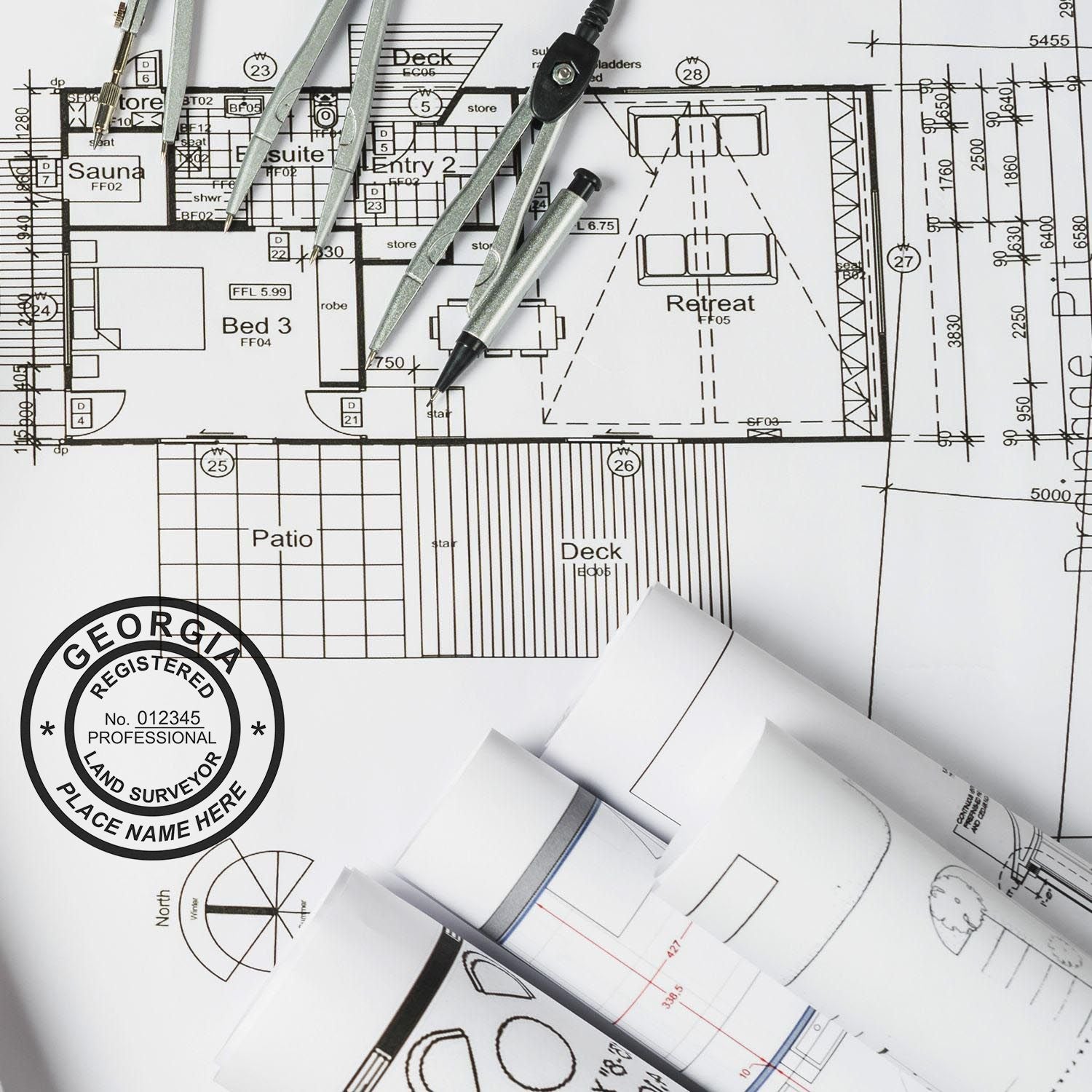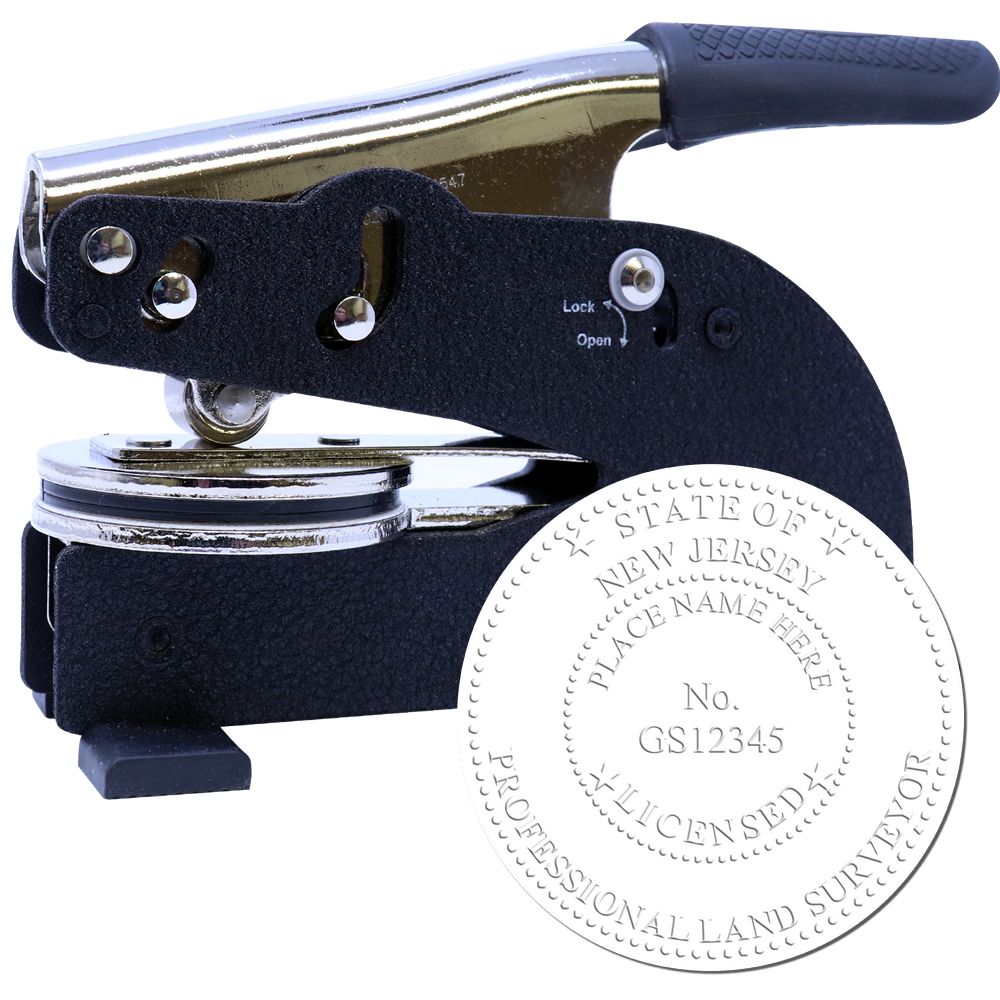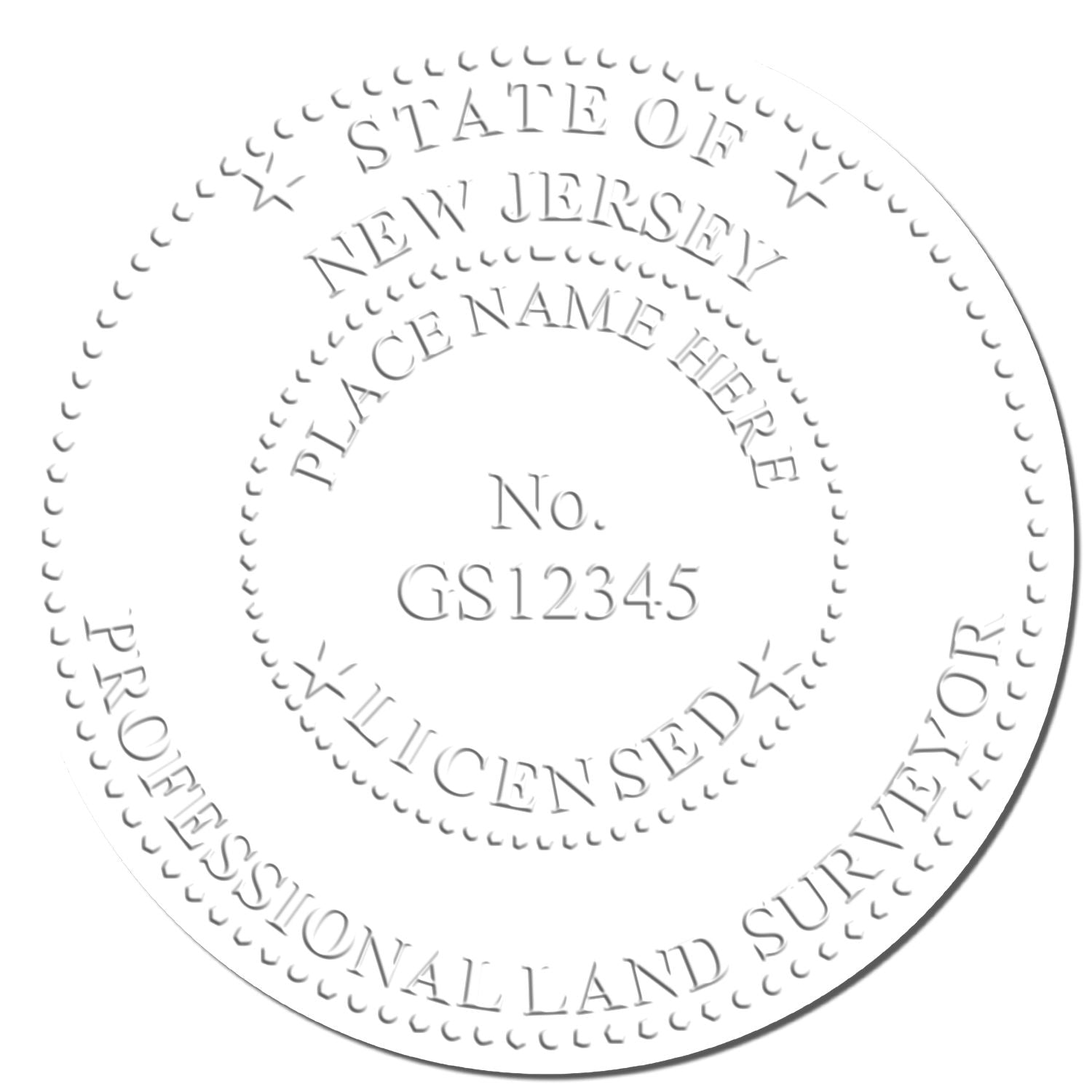Understanding North Carolina Architect Stamps
Architect stamps play a crucial role in the architectural profession, serving as a mark of authenticity and professionalism. In North Carolina, architect stamps hold significant importance, indicating compliance with state regulations and ensuring the integrity of architectural documents.
Importance of Architect Stamps
Architect stamps serve as a visual representation of an architect's seal and signature. They are used to authenticate architectural drawings, plans, specifications, and other related documents. The stamp signifies that the architect takes responsibility for the accuracy and completeness of the information presented.
The importance of architect stamps lies in their ability to provide legal protection to both architects and their clients. By affixing their stamp, architects certify that they have designed or reviewed the documents in accordance with the applicable codes, regulations, and industry standards.
Requirements for Architect Stamps in North Carolina
In North Carolina, architect stamps are regulated by the North Carolina Board of Architecture. To practice architecture in the state, architects must obtain a professional architect stamp that meets the board's requirements. These requirements include the size, design, and information to be included on the stamp.
The North Carolina Board of Architecture has specific guidelines regarding the size of architect stamps. The stamp must be of an appropriate size to ensure legibility and visibility when affixed to architectural documents. It is essential to choose a stamp size that meets these guidelines to comply with the state's regulations.
For more detailed information on the specific requirements and regulations for architect stamps in North Carolina, you can refer to our article on architect stamp regulations in NC.
Understanding the importance and requirements of architect stamps in North Carolina is crucial when selecting the right stamp size. By adhering to the state's regulations and guidelines, architects can demonstrate their professionalism and ensure legal compliance in their architectural practice.
Selecting the Right Size
When it comes to North Carolina architect stamps, selecting the appropriate size is essential for ensuring the stamp's functionality and compliance with regulations. The size of the stamp plays a crucial role in conveying the necessary information while maintaining professionalism. In this section, we will discuss the guidelines for North Carolina architect stamp size and the factors to consider when choosing the size that best suits your needs.
Guidelines for North Carolina Architect Stamp Size
The North Carolina Board of Architecture has specific guidelines regarding the acceptable dimensions for architect stamps. According to these guidelines, the minimum required size for an architect stamp is 1.75 inches in diameter. This minimum size ensures that the stamp impression is clear and legible on documents.
While the minimum size is specified, there is no maximum limit for the size of the architect stamp. However, it is important to maintain practicality and balance. An excessively large stamp may be cumbersome to handle and may not fit comfortably on the necessary documents. It is recommended to choose a size that is proportional to the document size to maintain a professional appearance.
Factors to Consider When Choosing Size
When selecting the size of your North Carolina architect stamp, it is important to consider several factors:
-
Document Size: The size of the architect stamp should be suitable for the documents it will be used on. For smaller documents, a smaller stamp size may be more appropriate, while larger documents may require a larger stamp size to ensure visibility and readability.
Save 20%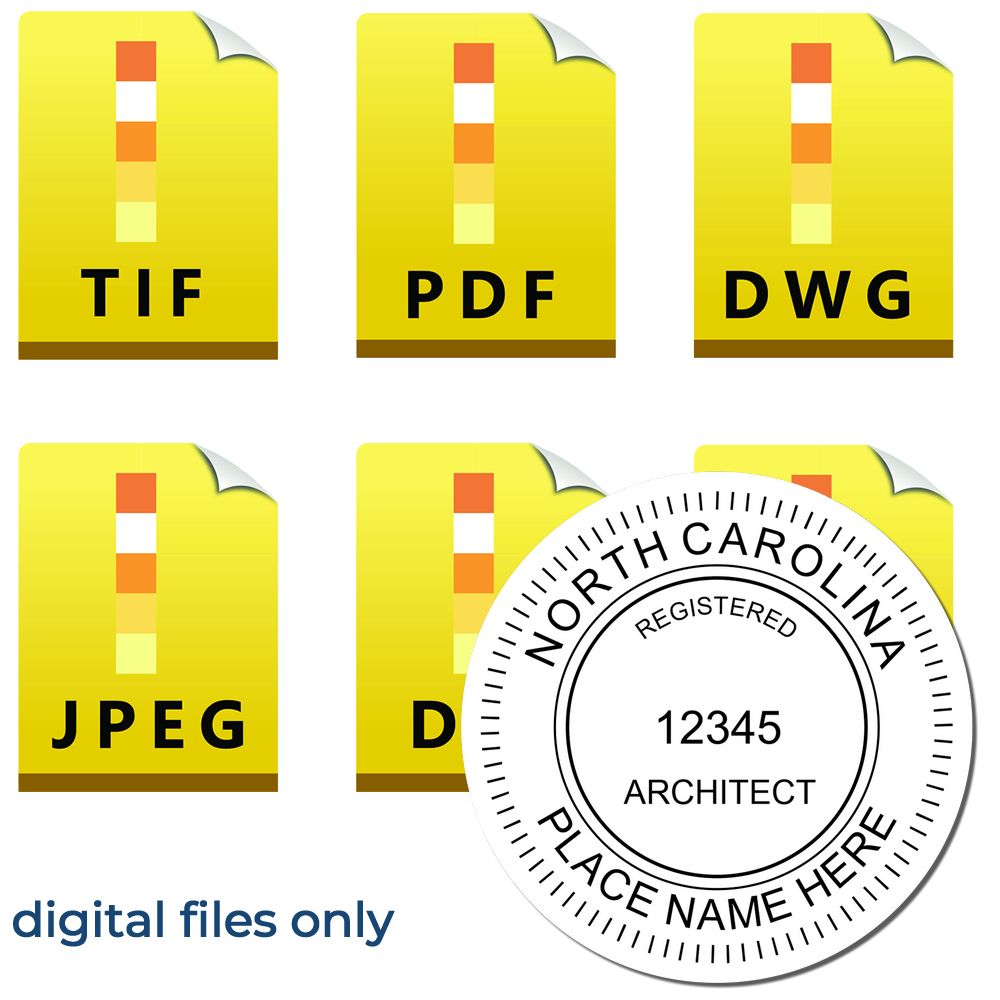
 Digital North Carolina Architect Stamp, Electronic Seal for North Carolina Architect3008ARC-NCSale price$20.00 Regular price$25.00Save 15%
Digital North Carolina Architect Stamp, Electronic Seal for North Carolina Architect3008ARC-NCSale price$20.00 Regular price$25.00Save 15%
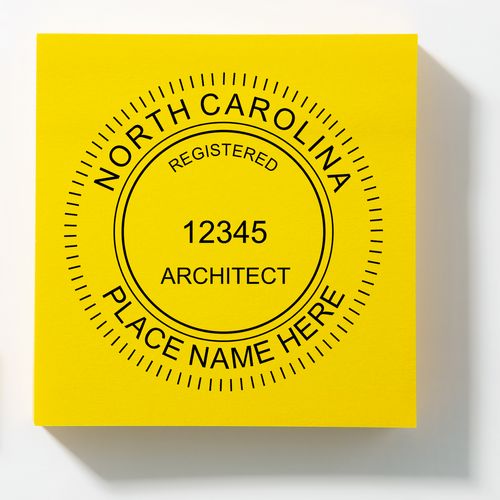 Premium MaxLight Pre-Inked North Carolina Architectural Stamp3021ARC-NCSale price$46.95 Regular price$55.00
Premium MaxLight Pre-Inked North Carolina Architectural Stamp3021ARC-NCSale price$46.95 Regular price$55.00 -
Legibility: The size of the stamp should allow for clear and legible impressions. It is important to ensure that all information on the stamp, including the architect's name, license number, and seal, can be easily read without any distortion or loss of detail.
-
Portability: Consider the portability of the stamp. If you frequently need to carry the stamp with you, a smaller and more compact size may be more convenient. On the other hand, if the stamp will primarily be used in a stationary office setting, a larger size may be more suitable.
-
Personal Preference: Ultimately, personal preference plays a role in selecting the size of your architect stamp. Some architects may prefer a larger stamp for aesthetic reasons or to make a bolder impression, while others may prefer a smaller, more discreet stamp.
By considering these factors, you can determine the ideal size for your North Carolina architect stamp that meets both regulatory requirements and your personal preferences.
When it comes to obtaining a professional architect stamp in North Carolina, it is important to ensure compliance with the regulations set by the North Carolina Board of Architecture. For more information on architect stamps and regulations in North Carolina, visit our article on architect stamp regulations in NC.
Common North Carolina Architect Stamp Sizes
When it comes to selecting a North Carolina architect stamp, it's essential to choose the right size that meets your professional needs. The size of the stamp plays a crucial role in ensuring that your architectural plans, drawings, and documents are properly stamped and comply with the regulations set by the North Carolina Board of Architecture. Here are the common sizes of architect stamps that you can consider:
Small-Sized Stamps
Small-sized architect stamps are compact and convenient for stamping smaller documents, such as letter-sized drawings or single sheets. These stamps typically have dimensions ranging from 1/2 inch by 1-1/2 inches up to 1 inch by 2 inches. While their size may be smaller, they still contain all the necessary information required to authenticate your work, including your name, license number, and the phrase "Registered Architect."
| Stamp Size (inches) | Dimensions (inches) |
|---|---|
| Small | 1/2 x 1-1/2, 1 x 2 |
Medium-Sized Stamps
Medium-sized architect stamps are suitable for stamping larger documents, such as architectural plans or multiple sheets. These stamps offer a balance between ease of use and sufficient space to display the required information clearly. The dimensions of medium-sized stamps typically range from 1 inch by 2 inches up to 1-1/2 inches by 3 inches.
| Stamp Size (inches) | Dimensions (inches) |
|---|---|
| Medium | 1 x 2, 1-1/2 x 3 |
Large-Sized Stamps
Large-sized architect stamps are ideal for stamping sizable documents or plans that require a prominent and easily legible stamp impression. These stamps provide ample space to display your information prominently, ensuring that your stamp is clearly visible on the documents. The dimensions of large-sized stamps usually range from 2 inches by 3 inches up to 2-1/2 inches by 4 inches.
| Stamp Size (inches) | Dimensions (inches) |
|---|---|
| Large | 2 x 3, 2-1/2 x 4 |
The choice of stamp size depends on the nature of your architectural work and the size of the documents you typically handle. It's crucial to select a size that allows for clear and legible stamping while adhering to the regulations set by the North Carolina Board of Architecture. For more information on the regulations, you can refer to our article on architect stamp regulations in NC.
By selecting the appropriate size for your North Carolina architect stamp, you can ensure that your stamped documents are compliant, professional-looking, and officially recognized by the relevant authorities.
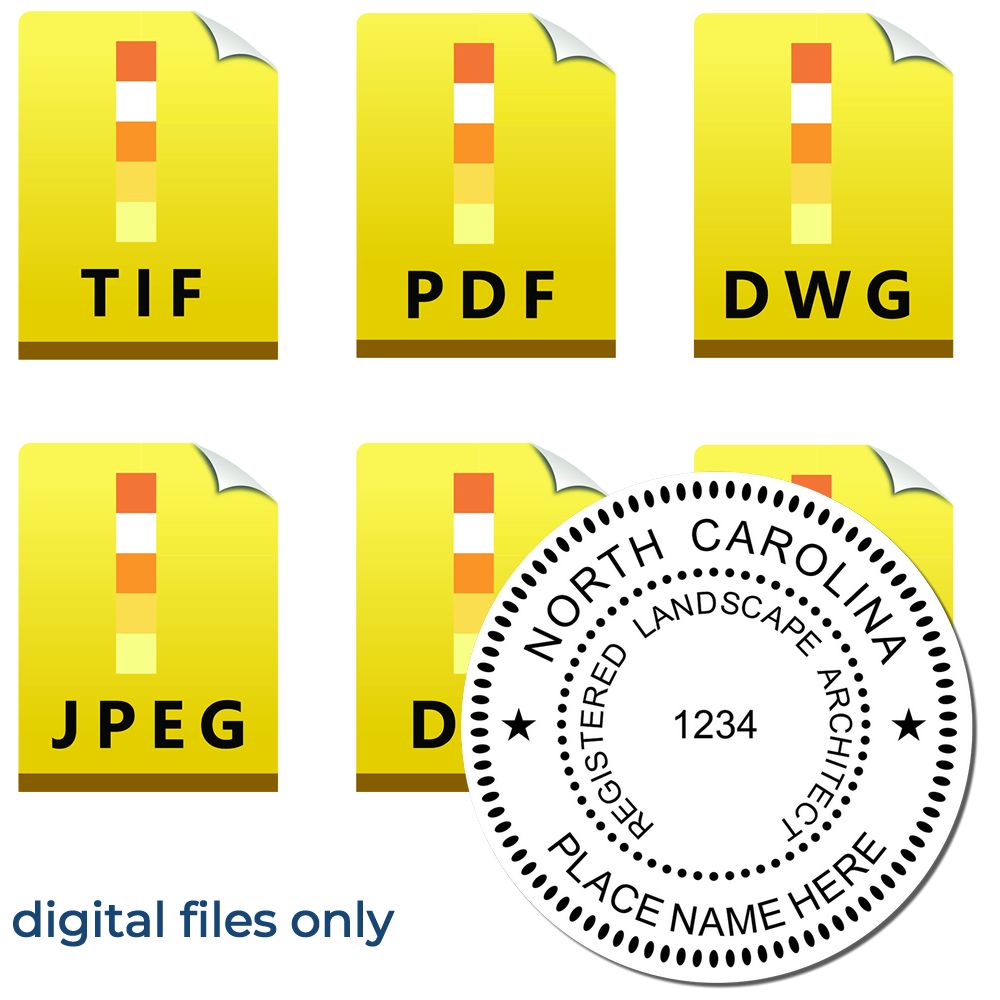
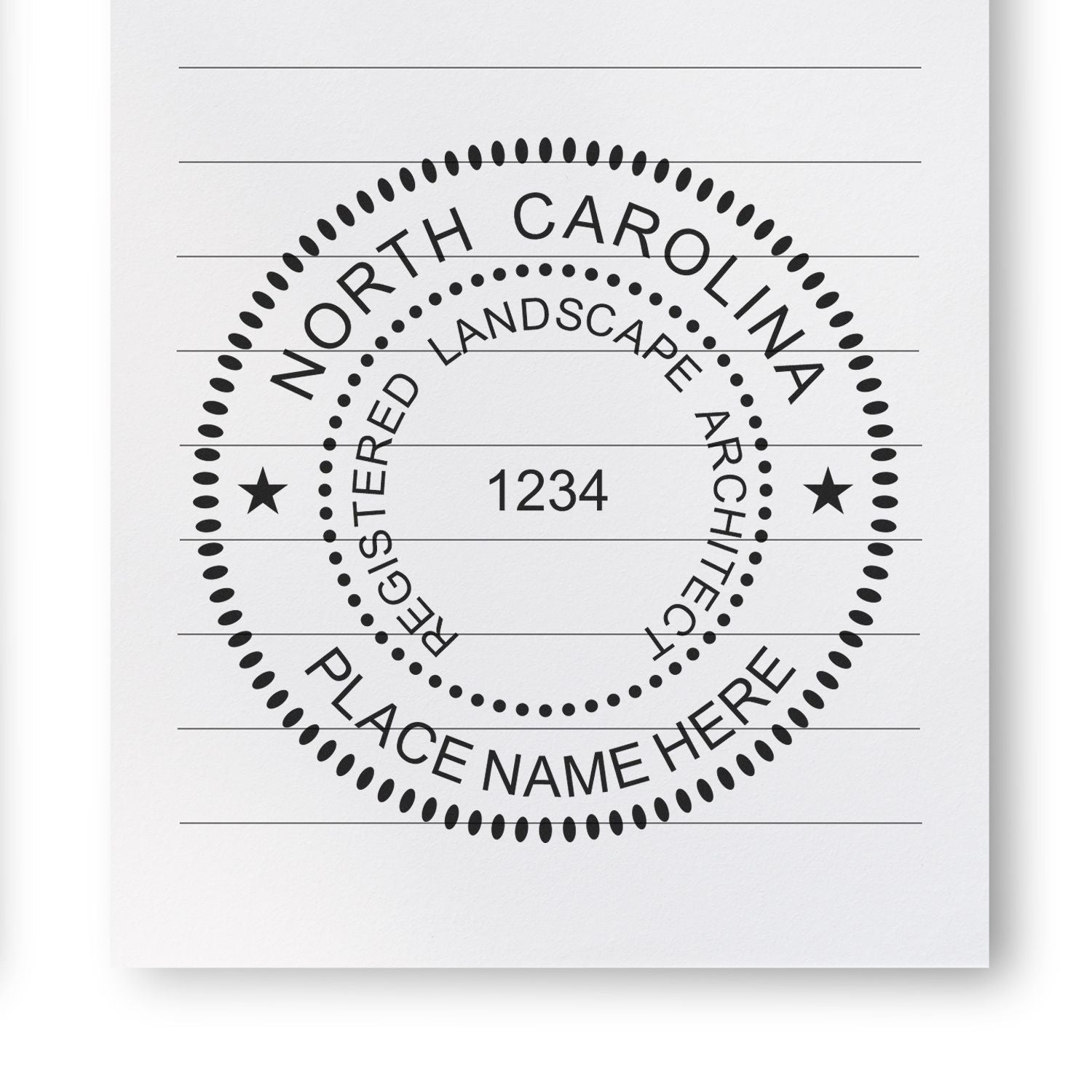
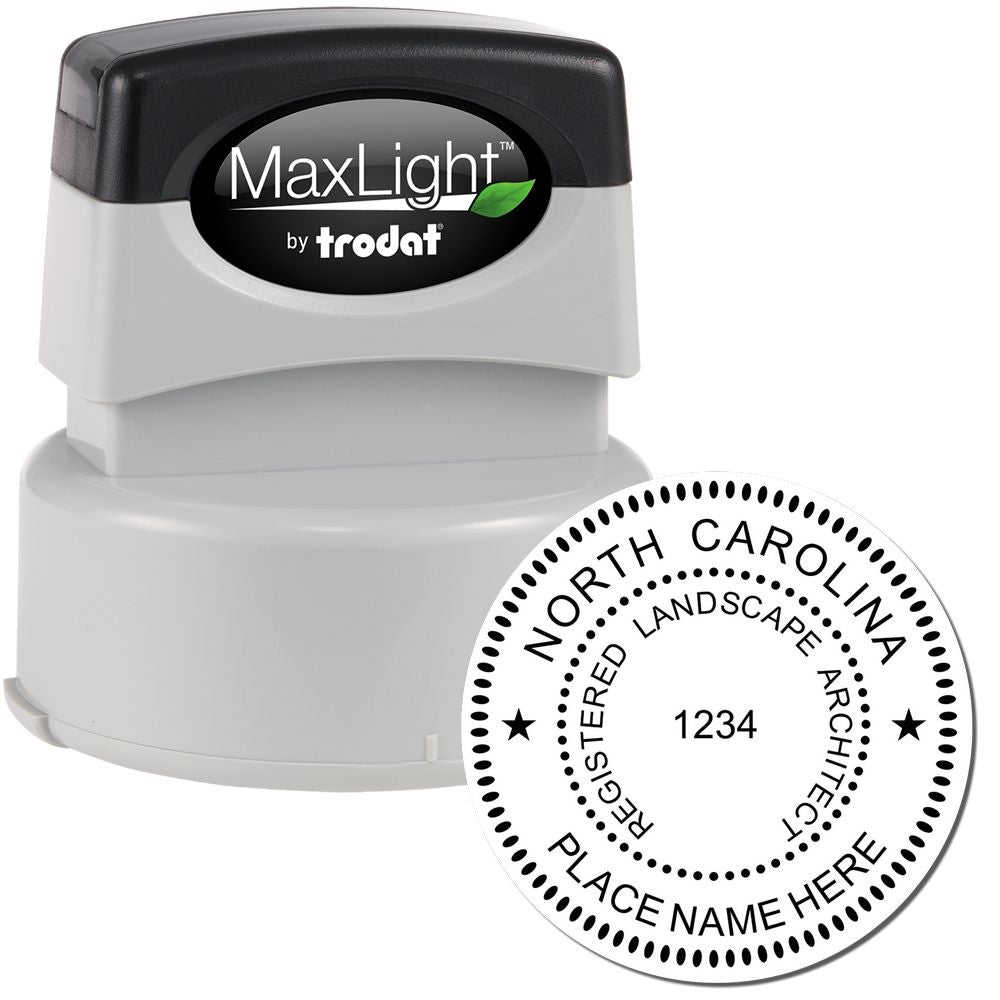
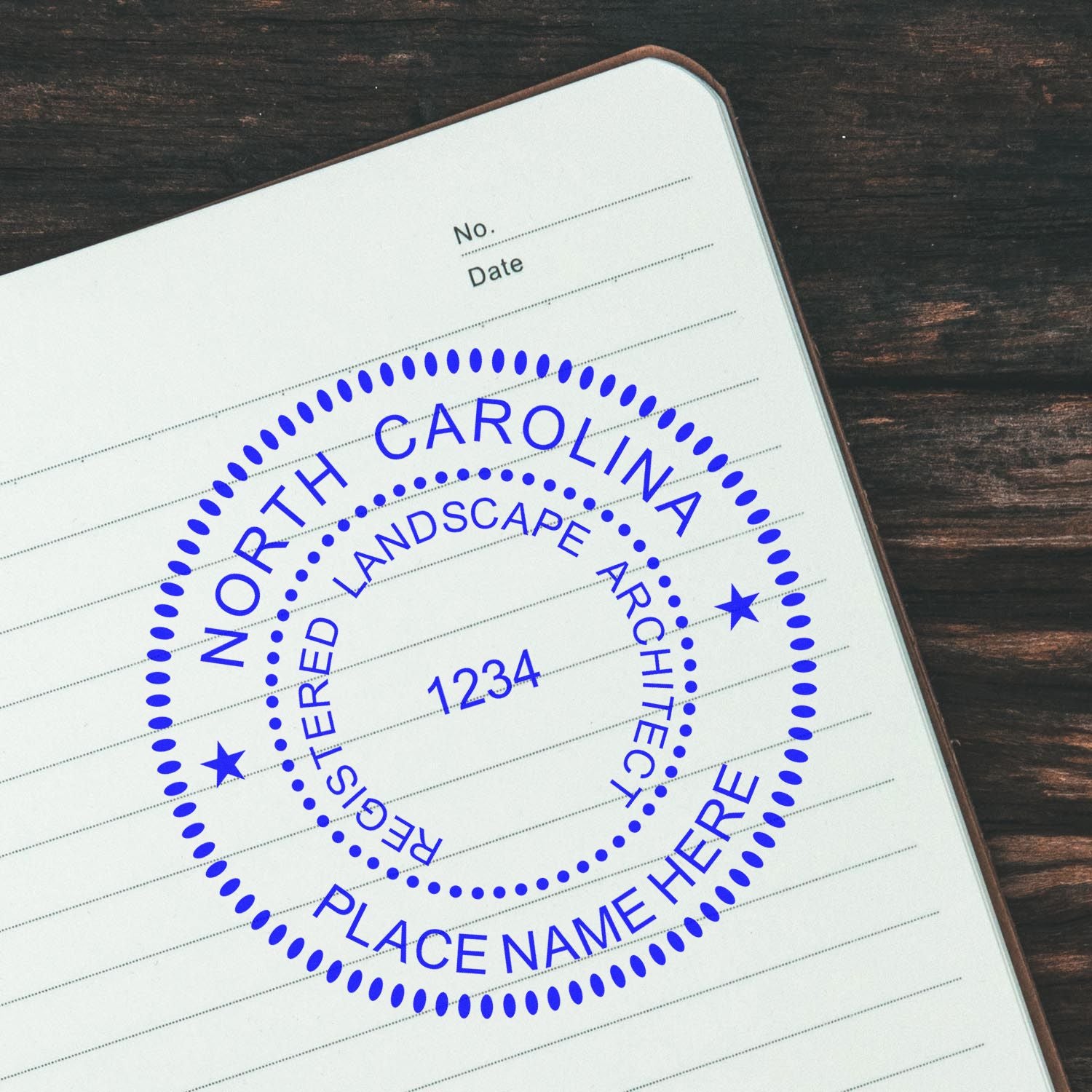
Determining the Ideal Size for Your Needs
When it comes to selecting the right size for your North Carolina architect stamp, there are several factors to consider. The size of your architect stamp plays a significant role in ensuring its visibility, legibility, and compliance with North Carolina regulations. Here, we will discuss some important considerations for stamp size selection and how to assess your specific requirements.
Considerations for Stamp Size Selection
When choosing the size of your North Carolina architect stamp, it's crucial to consider the following factors:
-
Legibility: The size of your stamp should allow for clear and easily readable text. Ensure that the font size and style are appropriate for the stamp dimensions, ensuring that the information on the stamp is legible when impressions are made.
-
Visibility: Your architect stamp should be visible on the documents it is stamped on. Consider the size in relation to the space available on the papers you typically work with. A stamp that is too small may be difficult to locate, while a stamp that is too large might overpower the document.
-
Portability: If you often work on the go or need to carry your architect stamp with you, consider a size that is compact and easy to transport. A smaller stamp may be more convenient for architects who frequently travel or work in different locations.
-
Professionalism: The size of your architect stamp should maintain a professional appearance. A stamp that is too small can give the impression of insignificance, while a stamp that is excessively large may appear unprofessional. Choose a size that aligns with the level of detail required for your work and reflects your professional image.
Assessing Your Specific Requirements
To determine the ideal size for your North Carolina architect stamp, assess your specific requirements by considering the following:
-
Regulations: Familiarize yourself with the regulations set by the North Carolina Board of Architecture regarding architect stamp sizes. Adhering to these regulations is essential to ensure legal compliance and professionalism. For more information, refer to our article on architect stamp regulations in NC.
-
Document Types: Consider the types of documents you typically work with. Are they large-scale blueprints, standard-sized drawings, or smaller documents like contracts and specifications? The size of your architect stamp should be appropriate for the documents you commonly encounter.
-
Personal Preference: Ultimately, your personal preference and comfort play a role in selecting the size of your architect stamp. Consider what size feels most natural and allows you to create clean and precise impressions.
By carefully considering the factors mentioned above and assessing your specific requirements, you can determine the ideal size for your North Carolina architect stamp. Remember to refer to trusted sources for more information on NC architect stamps and architect stamps in North Carolina to ensure you make an informed decision.
Ensuring Compliance and Professionalism
To maintain compliance with the North Carolina Board of Architecture regulations, it is important for architects to understand the guidelines for architect stamps and ensure that they are using the correct size. This helps to ensure professionalism and legal compliance in the industry.
North Carolina Board of Architecture Regulations
The North Carolina Board of Architecture has specific regulations in place regarding the use of architect stamps. These regulations outline the requirements for the size and content of the architect stamp, as well as the situations in which it must be used. It is essential for architects to familiarize themselves with these regulations to ensure they are adhering to the standards set by the board.
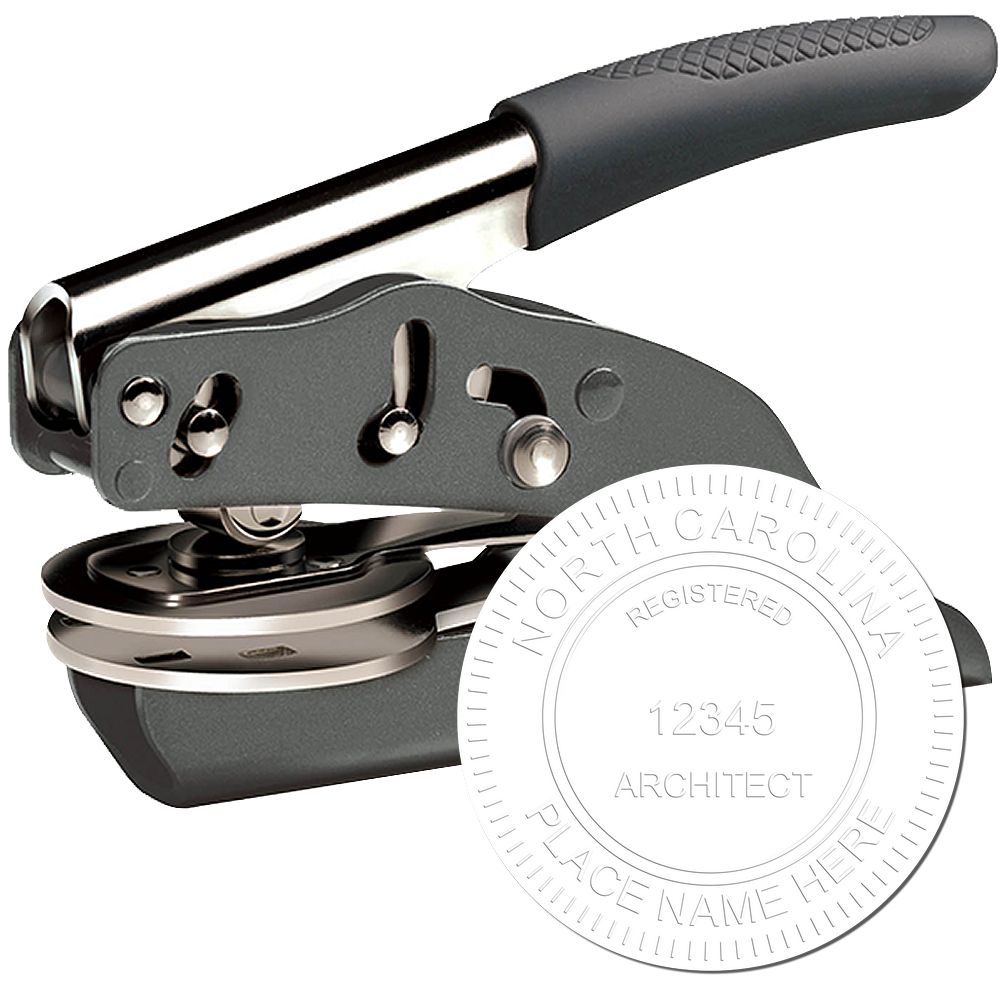

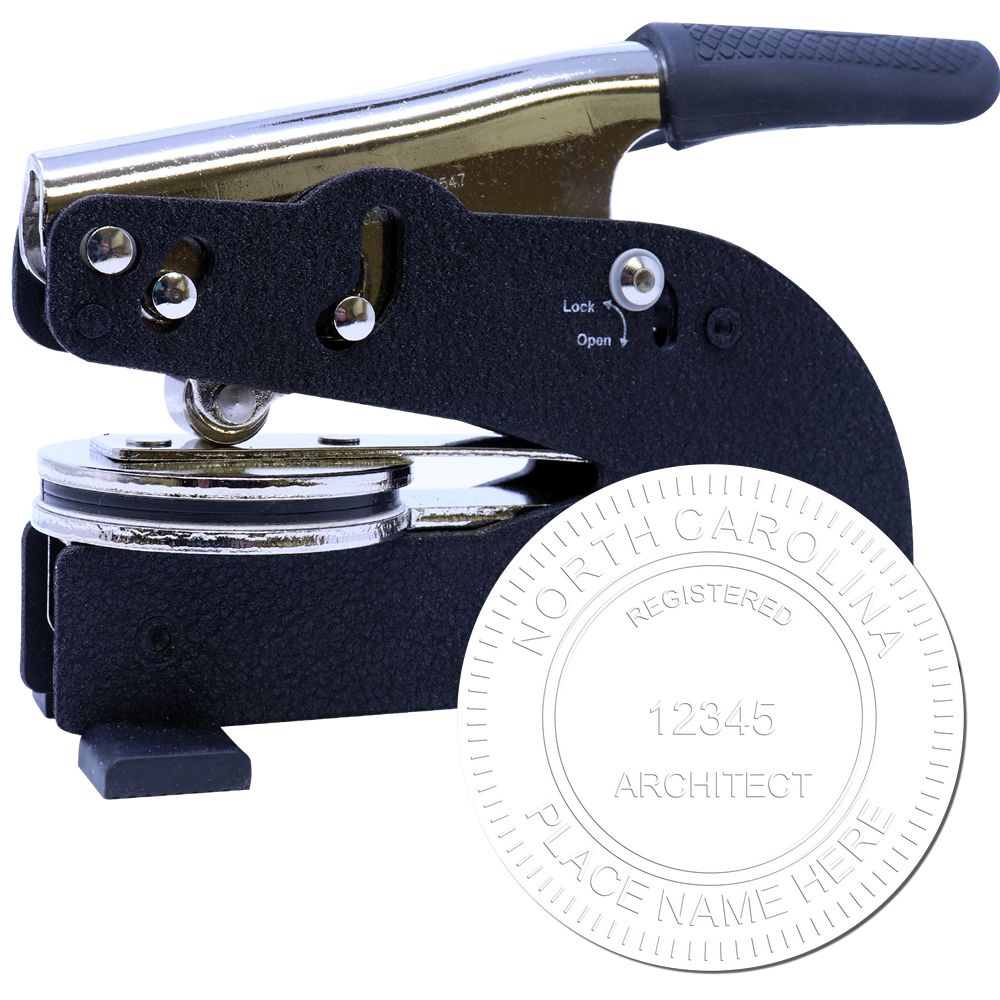
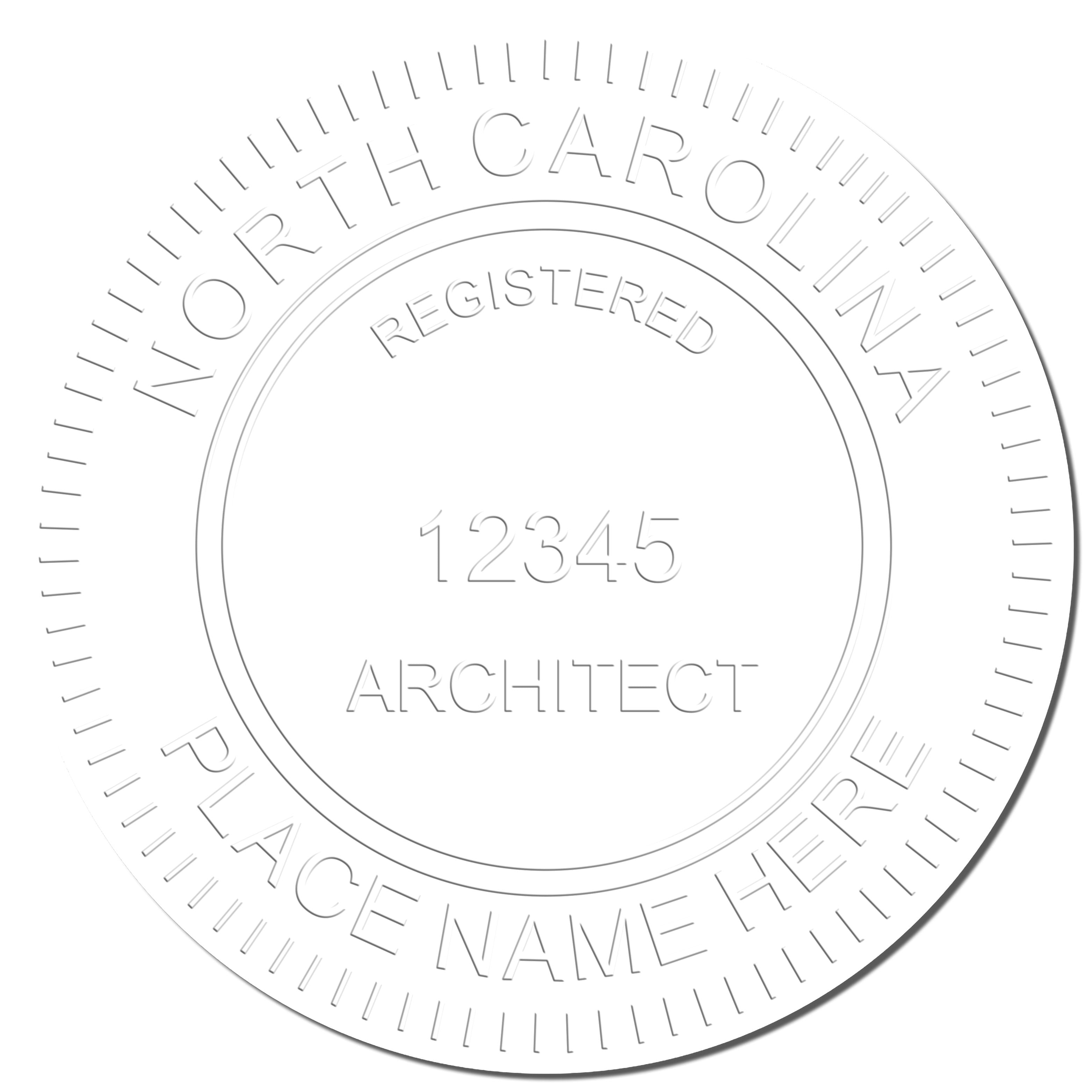
The architect stamp serves as a professional seal of approval on architectural documents, indicating that they have been reviewed and approved by a licensed architect. This helps to ensure the safety, integrity, and compliance of architectural projects in North Carolina.
Maintaining Legal Compliance with Stamp Size
One important aspect of compliance with the North Carolina Board of Architecture regulations is the size of the architect stamp. The board has guidelines in place to ensure that the stamp is clear, legible, and easily recognizable. The specific size requirements may vary based on the document being stamped and the information being included.
Architects should carefully review the regulations to determine the appropriate size for their architect stamp. It is important to select a size that allows for all required information to be included while still maintaining clarity and readability. Using a stamp that is too small may result in the information being illegible, while using a stamp that is too large may not meet the board's guidelines.
To assist architects in selecting the correct size for their architect stamp, the guidelines provided by the North Carolina Board of Architecture should be consulted. These guidelines specify the minimum and maximum dimensions for the architect stamp, as well as any specific requirements for font size and spacing.
By ensuring compliance with the North Carolina Board of Architecture regulations, architects can demonstrate professionalism and maintain the integrity of their work. Adhering to the guidelines for architect stamp size is an important step in meeting these requirements and providing accurate and legally compliant documentation for architectural projects. For more information on architect stamps and their requirements, visit our article on north carolina architect stamps.
About ESS
ESS is a leading manufacturer in the industry specializing in top-notch custom rubber stamps, professional seals and notary stamps. Our team of experts has hands-on experience in manufacturing premium-quality products that have consistently met the high standards of our customers. Our primary goal is to provide the best customer experience by rendering stellar customer service, timely delivery, and meeting every specific requirement of our clients.
We take pride in the durability and long-lasting performance of our products which are backed by a state-board guarantee, ensuring that our clients can rely on our products with complete peace of mind. We also offer a quick turnaround on all our products, ensuring that our clients receive their orders promptly. At ESS, we understand the importance of standing out amongst the competition and showcasing professionalism. That's why we don't compromise on the quality of our products. We use the latest technologies and manufacturing techniques to develop products that are durable and long-lasting. With over 50 years of experience in the industry and a team of experienced and qualified professionals, ESS has set a benchmark in the market for providing premium-quality custom rubber stamps, professional seals and notary stamps. We are committed to maintaining our standard and continuously strive to raise the bar.

